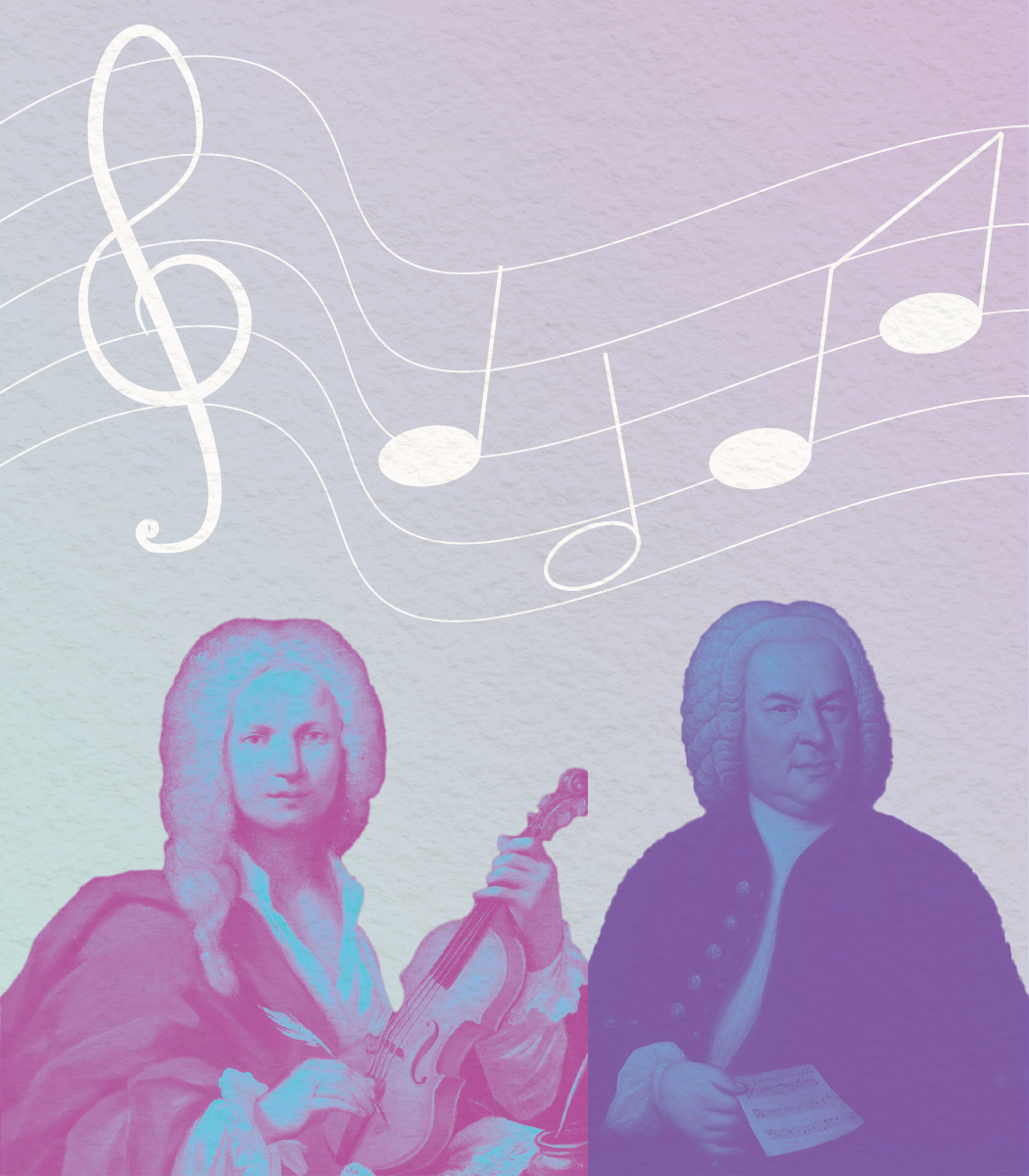In a quiet classroom inside Oakland University’s Honors College, students in HC 2010 Sebastian: A Course on Bach were immersed in a colorful, unexpected experience.
While the course centers on the music of Johann Sebastian Bach, some of the studies also involve other famous composers. This session shifted focus to another master, Antonio Vivaldi. As “The Four Seasons” played from the speakers, students grabbed colored pencils, tuned into the symphony, and began their weekly coloring.
“It was such a unique experience,” freshman Farah Alhasan said. “I didn’t expect to be coloring in a college course, but it made the music come alive in a different way. When ‘Spring’ started, I noticed sounds I had never paid attention to before.”
This musical moment wasn’t just for fun, it was a sensory learning experience. Dr. Randall Engle, who teaches the course, said the goal was to help students better understand the texture, emotion and storytelling behind the music. Vivaldi’s “The Four Seasons” is known for painting vivid images through sound, and coloring gave students a visual outlet to process what they heard.
“Each movement should feel like it has its own color scheme,” Engle said. “When ‘Summer’ comes on, yell out the things you hear that remind you of the season. The birds, flowers, grass, it is all in the music, you just have to listen.”
While the course includes readings, lectures and musical analysis, moments like this make HC 2010 stand out. The class explores not only Bach’s compositions, but also the musical and cultural world he lived in. Listening to Vivaldi helped draw comparisons and deepen students’ appreciation for the nuances of the music.
“Bach is incredibly intricate, but listening to Vivaldi reminded me that Baroque music isn’t just serious, it can be joyful and dramatic too,” Alhasan said. “The way the violins sound through ‘Autumn’ felt like the crunch of leaves underfoot. It was so vivid, and the coloring makes it more fun and relaxing.”
As students listened closely, they noticed small details that often go overlooked, like how “Winter” begins with soft, icy plucks before breaking into a dramatic storm. The coloring activity, combined with intentional listening, created a space for mindfulness and reflection. For many, it was a rare moment of stillness in an otherwise busy semester.
“I don’t check my phone at all during the class,” Alhasan said. “It was just me, the music and the colors. It reminded me how powerful art can be when you slow down.”
Dr. Engle says he plans to incorporate similar experiences into future lessons. While the course title emphasizes Bach, he believes it’s important for students to explore the broader landscape. Through activities like this, students learn to feel the music, not just study it.
“We’re used to reading and analyzing,” said Dr. Engle. “But sometimes, you learn the most when you let go and simply listen. That’s when the music really speaks.”
As “The Four Seasons” echoed through the room and colored pages filled with life, students walked away not only with a deeper understanding of music, but with a memory that is vibrant and unforgettable.






